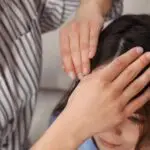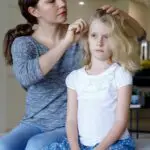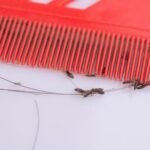Why is Head Lice a Thing?
Head lice is a common problem that can affect anyone. It’s spread through close contact between human heads, so it’s important to know how to avoid catching the infection. It can also be transferred through contact with inanimate objects. Children are most at risk for developing head lice because they spend time in daycares, schools, and other settings that are shared by children with lice.
It’s important to treat your child for head lice as soon as you notice any symptoms. If your child has head lice, they should stay home from school until they’re clear. Once they’re lice free, they can go back to school the following day. Treatments can be purchased over the counter or from your pediatrician. If you have any doubts about whether your child has lice, you should contact your child’s school. While prevention is the best way to treat head lice, there’s no foolproof method. Nevertheless, you can take precautions to prevent your child from getting it by keeping their hair and clothing clean and dry.
While head lice can be passed from person to person through direct contact, they are also spread through shared clothing and personal items. Clothing items are often stored next to each other on coat racks or hooks, and infested hats or brushes can be passed from one person to another through shared clothing. Infection can also be transferred through bedding and towels.








